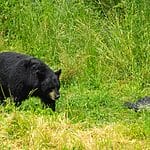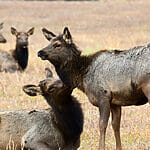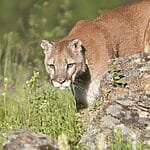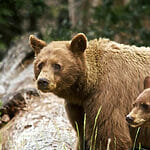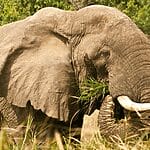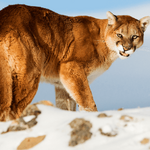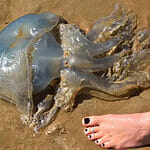8 Common Dangerous Animals in Yosemite – You May Not Know
Yosemite’s breathtaking landscapes draw millions of visitors each year. However, amidst the towering granite cliffs and majestic waterfalls, certain wildlife poses risks that are often overlooked.
When venturing into Yosemite, encounters with dangerous animals are not uncommon. Black bears, for instance, have been known to cause property damage when scavenging for food. Mountain lions, while rare to spot, are another predator to be cautious of during hikes. Snakes, especially rattlesnakes, present another hidden hazard on many of the park’s trails.
Understanding how to stay safe in Yosemite’s wilderness is key. Knowing what animals to watch for and how to react can make a significant difference in preventing harm.
In this guide, we’ll explore the common dangerous animals in Yosemite, their habitats, behaviors, and most importantly, how to stay safe while enjoying your time in this beautiful national park.
Whether you’re a seasoned adventurer or a first-time visitor, knowing about these animals will help you have a safer and more enjoyable experience in Yosemite National Park.
Where to find Common Dangerous Animals in Yosemite National Parks
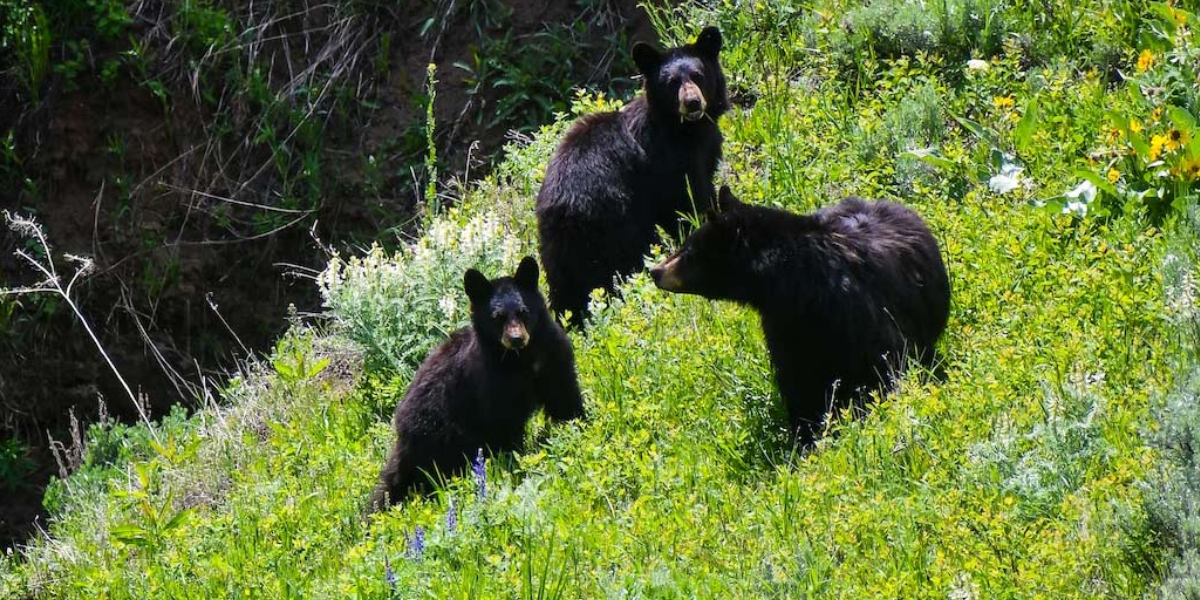
Everglades National Park
The Everglades National Park is a vast, unique ecosystem that is home to common dangerous animals in Yosemite. It is located in southern Florida and is one of the largest national parks in the United States.
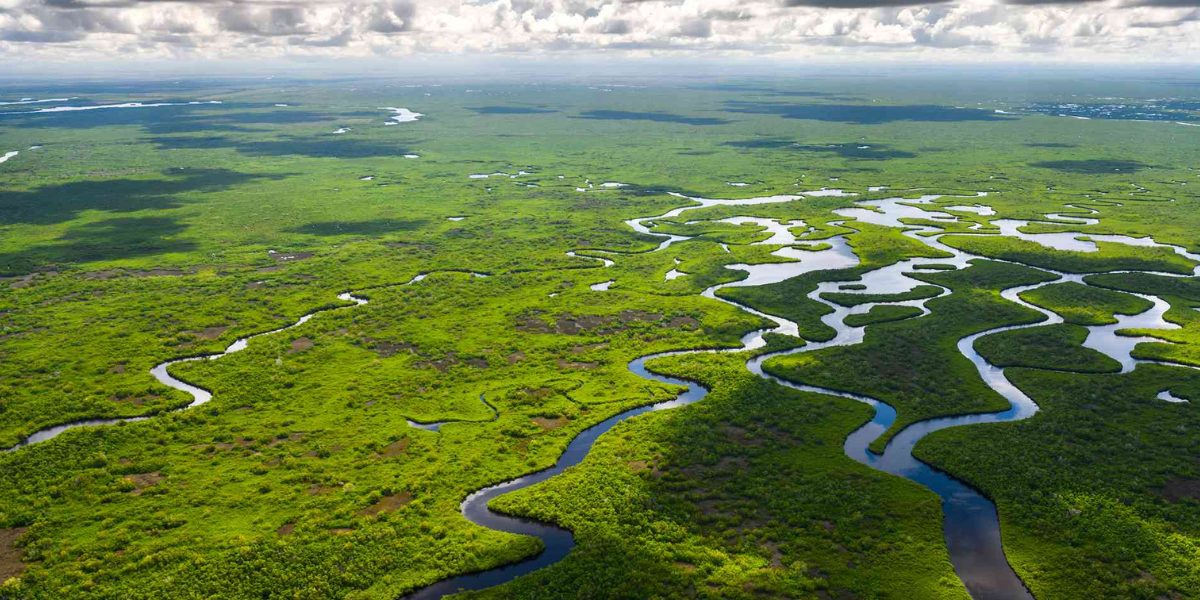
The park has many natural habitats, including sawgrass marshes, pinelands, and cypress swamps. These natural habitats provide homes for a many common dangerous animals in Yosemite, including alligators, crocodiles, snakes, birds, and fish.
Moreover, you can spot many Threatened and Endangered species in this park, such as the Florida panther and the American crocodile.
The park is a popular tourist destination, and visitors can enjoy activities like hiking, biking, fishing, and boating in the park.
Shenandoah National Park
Shenandoah National Park is a beautiful place located in the Blue Ridge Mountains of Virginia. The park is home to multiple common dangerous animals in Yosemite, including black bears, deer, foxes, bobcats, and birds.
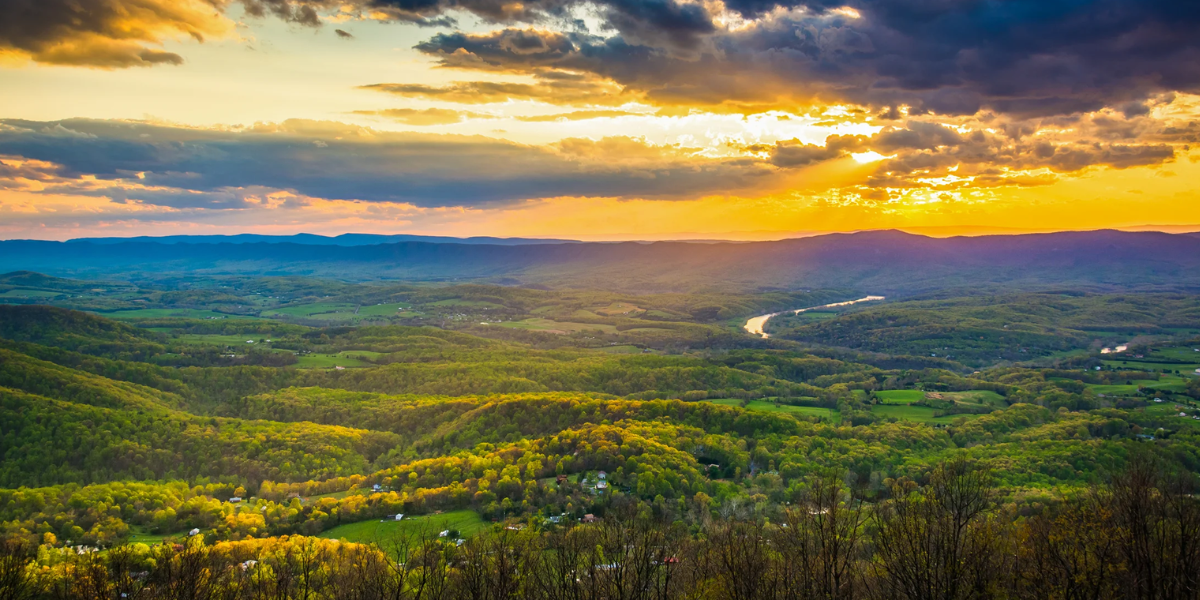
The park is also home to a number of stunning waterfalls, including the Shenandoah Falls, the Whiteoak Canyon Falls, and the Dark Hollow Falls.
It is a great place to escape the hustle and bustle of everyday life and connect with nature. But, before visiting the national park, make sure that you have enough knowledge to manage wildlife encounters.
Yosemite National Park
Yosemite national park is one of the famous tourist locations and a national park in the united states. It is located in California. And known for its natural beauty, which includes the famous Yosemite Valley, impressive waterfalls, and streams.
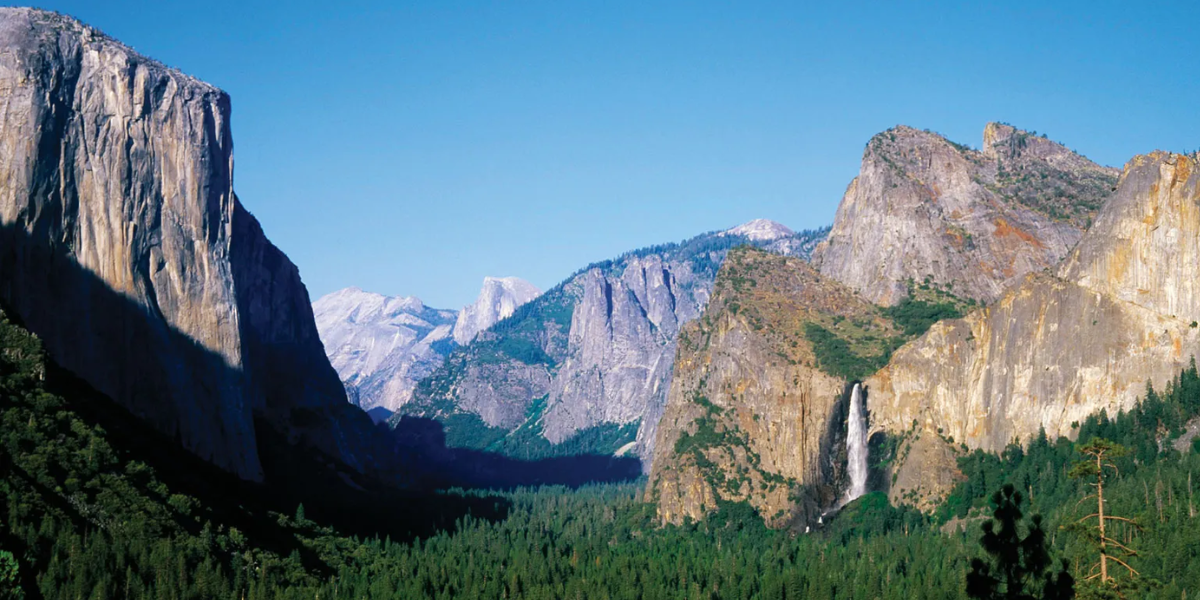
In this park, you can explore the rich wildlife that inhabits in Sierra Nevada mountain range in Northern California. Moreover, in the last few years, there are a higher rate of injuries and fatalities recorded in the park.
However, the national park service is working towards safety measures for the visitors and trying their best to keep the visitors safe in the park.
As there are possibilities, the visitor finds danger-causing animals like bears, mountain lions, or any other dangerous animals in the park. So it is important to stay aware and take precautions like you can carry bear spray for your safety.
Glacier Bay National Park
Glacier Bay National Park is a place of extremes, with towering glaciers, lush forests, and pristine waters. It is home to a wide variety of wildlife, including bears, whales, seals, and seabirds.
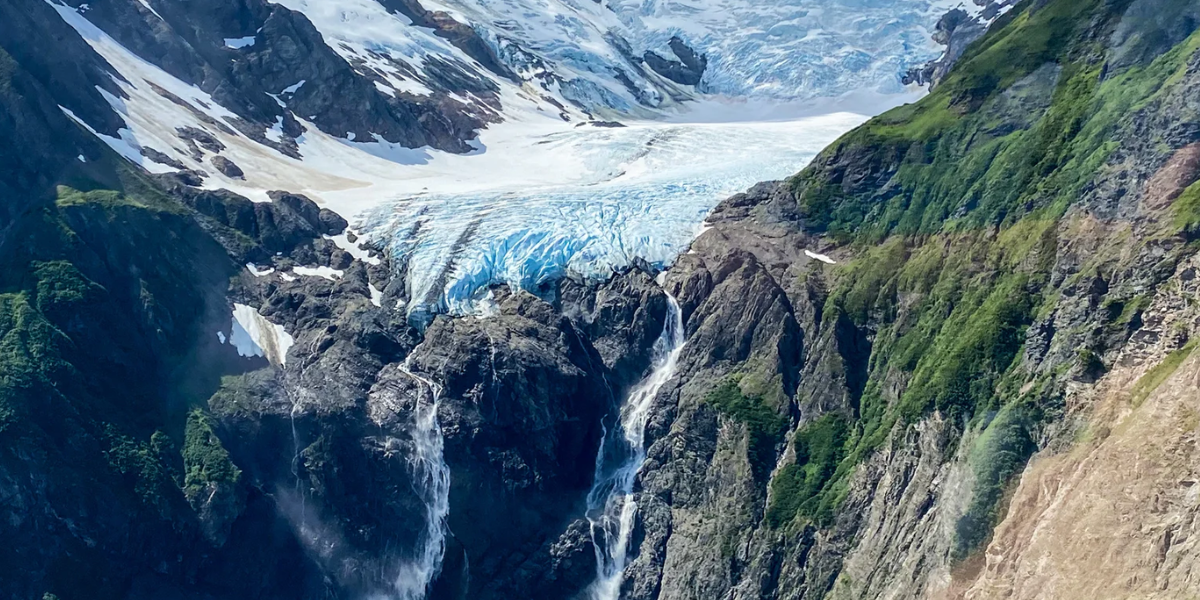
The park is divided into five distinct zones, each with its own unique ecosystem. The outer coast is home to a variety of marine life, including whales, seals, and seabirds.
The inner coast is characterized by its temperate rainforests, where bears, wolves, and deer lives.
Glacier Bay National Park is a popular destination for hiking, camping, and wildlife viewing. It is also a UNESCO World Heritage Site, recognized for its outstanding natural beauty and its importance for research.
8 Most Dangerous Animals In Our National Parks
Mountain Lions
Mountain lions, also known as pumas or cougars, are large cats that are found in North and South America. They are the second-largest cat in the United States after the jaguar.
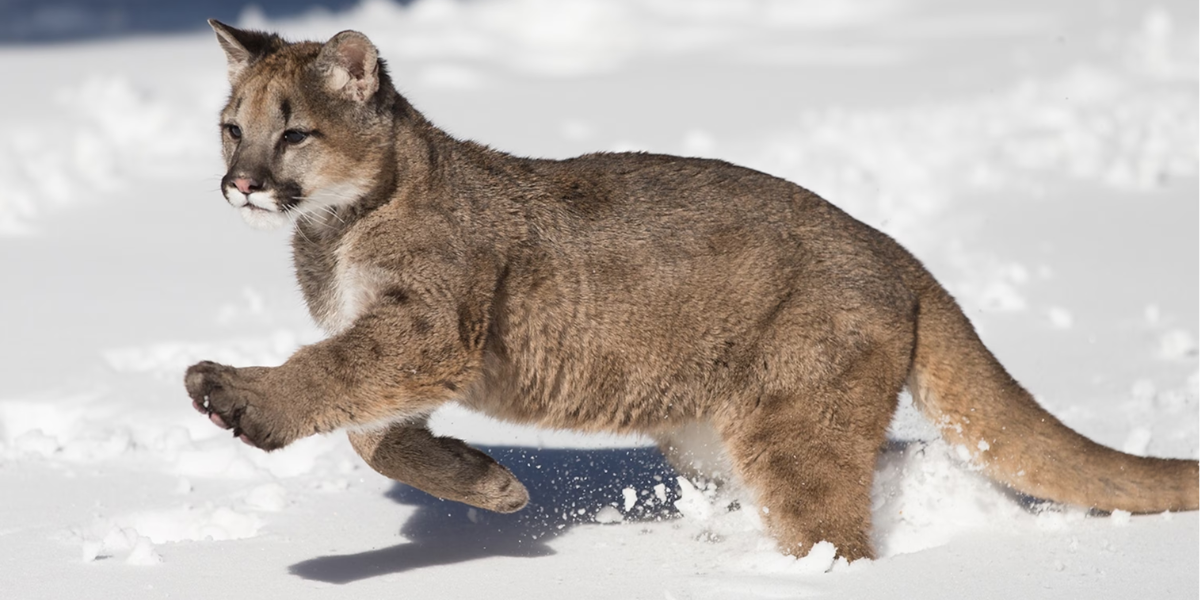
These lions can grow up to 8 feet long and weigh up to 220 pounds. They have a tawny coat with dark spots and stripes. Mountain lions live in a variety of habitats, including forests, mountains, and deserts.
They are carnivores, and their diet consists of deer, elk, rabbits, and other small mammals. These lions are listed as “Least Concern” on the IUCN Red List.
Black Bear
Black bears (Ursus americanus) are large wild animals found in North America. These wild animals are found in a variety of habitats, including forests, mountains, and even urban areas.
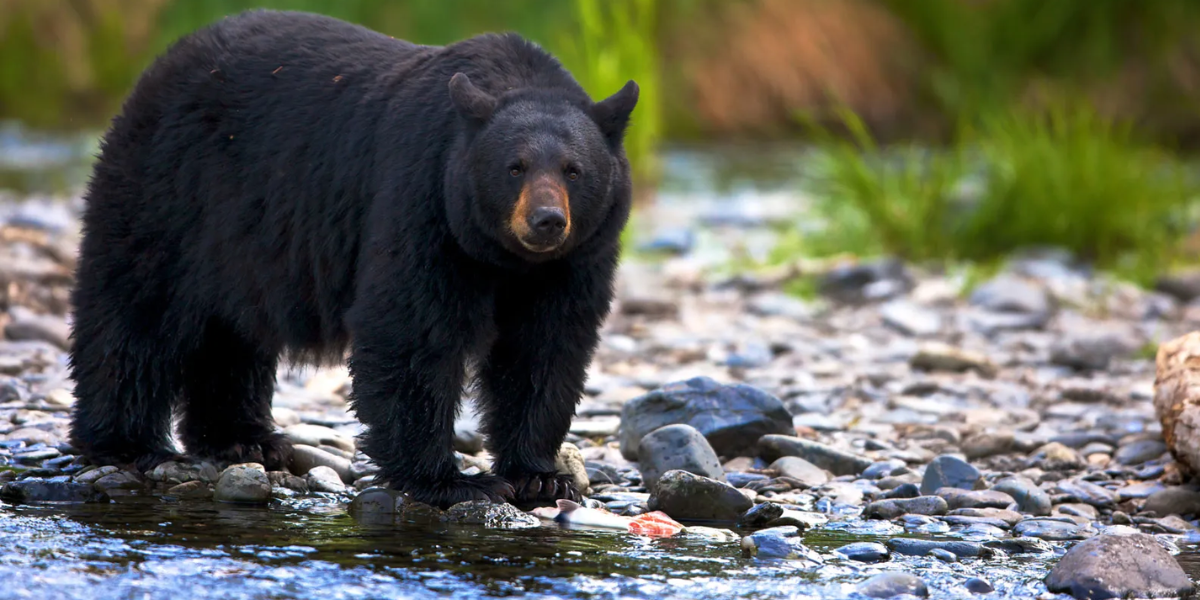
Black bears are typically black in color but can also be brown, cinnamon, or even blonde. They have a large head, a long snout, and a bushy tail. Black bears are typically about 5 feet long and weigh between 100 and 600 pounds.
Black bears are omnivores and eat a variety of foods, including berries, nuts, insects, fish, and small mammals.
They are also known to scavenge for food and eat carrion when food resources are short. Black bears are listed as a “Least Concern” species by the IUCN.
Pacific Fishers
Pacific fishers (Pekania pennanti) are small, weasel-like mammals that are found in the forests of western North America. They are about the size of a house cat, with long, slender bodies and bushy tails.
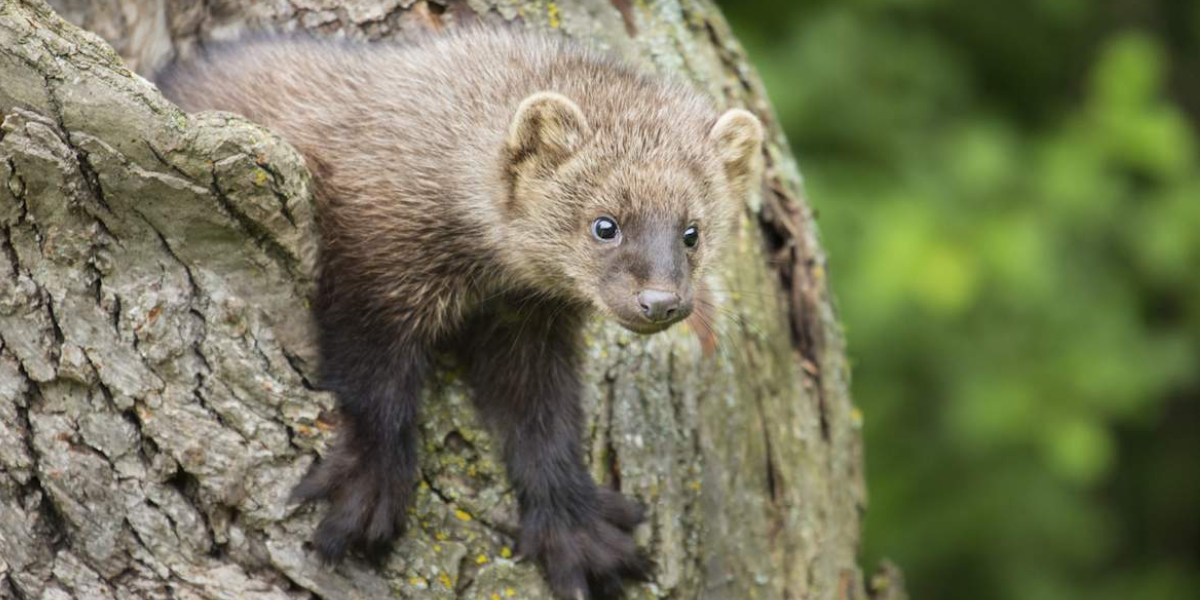
Pacific fishers are carnivores in nature. Their diet is mainly dependent on small mammals, such as squirrels, marmots, and rabbits. They will also eat birds, fish, and insects.
The Pacific fishers are an important part of the coastal forest ecosystem. They help to control populations of small mammals, which can help to prevent damage to forests.
Sadly, their population is decreasing, and they are listed as “Near Threatened” on the IUCN Red List
Little Brown Bat
Little Brown Bats are tiny creatures found all over the world, except for Antarctica, and their natural habitats include forests, caves, and even urban areas.
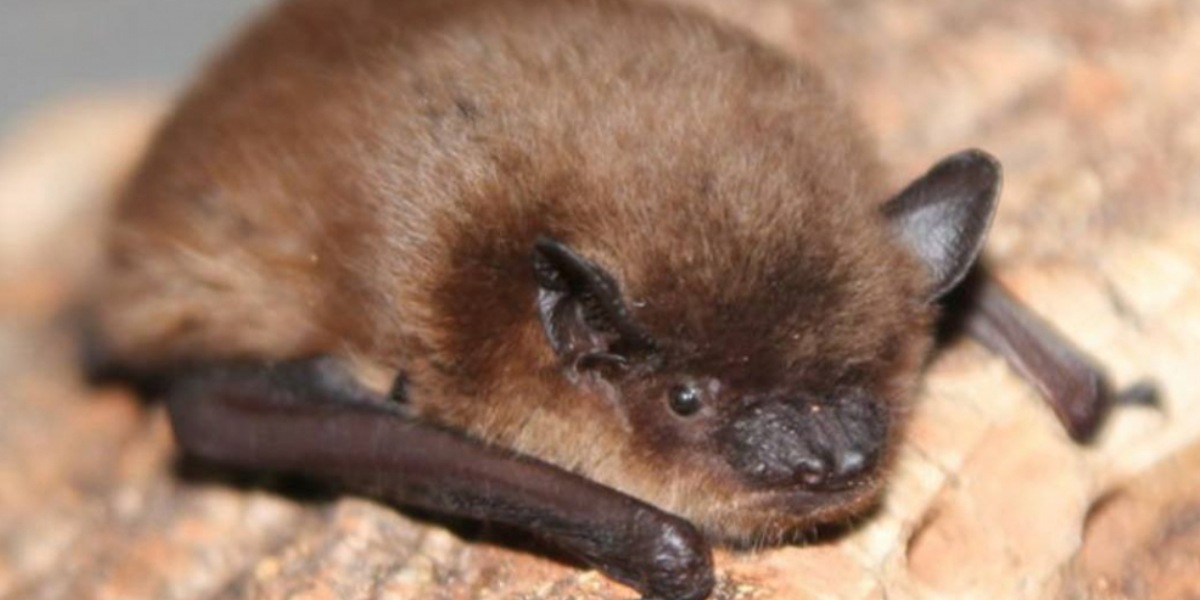
Bats come in a variety of shapes and sizes, but they all have a few common features. They have large ears, which help them to navigate in the dark. Their echolocation allows them to emit high-pitched sounds and then listen for the echoes to find their way around.
Bats are insectivores, which means that they eat insects. Some bats also eat fruit, nectar, and pollen. Bats play an important role in the ecosystem by controlling insect populations. According to the IUCN Red List, 1,343 bat species are the most “Endangered species.”
Mule Deer
Mule Deer are wild animals found in North America United, Canada, and Mexico. Their natural habitats include forests, mountains, and grasslands.
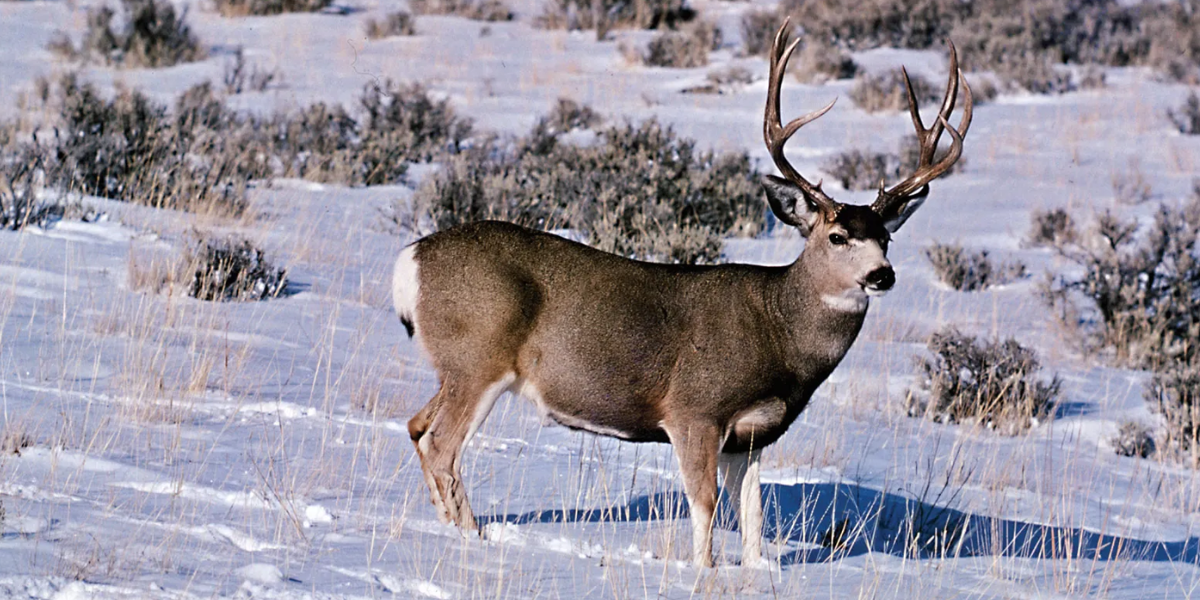
Mule deer have distinct physical features with large ears resembling a mule, hence the name. Their coats are a mix of reddish-brown and white, blending perfectly into their surroundings. Mule deer are herbivores, munching on tender leaves, twigs, and berries.
Unfortunately, these wild deer species are suffering from threats due to habitat loss and hunting, which results in a decrease in their population. However, they are still far from extinction due to conservation efforts and are categorized as “Least Concern.”.
Western Scorpion
The Western Scorpion, specifically the California forest scorpion, is a small, nocturnal species native to the region. Found under rocks, bark, or logs, it prefers moist environments like forests.
While its sting may seem intimidating, it’s generally milder than that of a honeybee. The scorpion’s dark brown or black body, paired with lighter legs, makes it well-camouflaged in its natural habitat.
Although they hunt insects at night, these scorpions rarely pose a significant threat to humans and typically retreat when disturbed.
Yellow Jacket Wasps
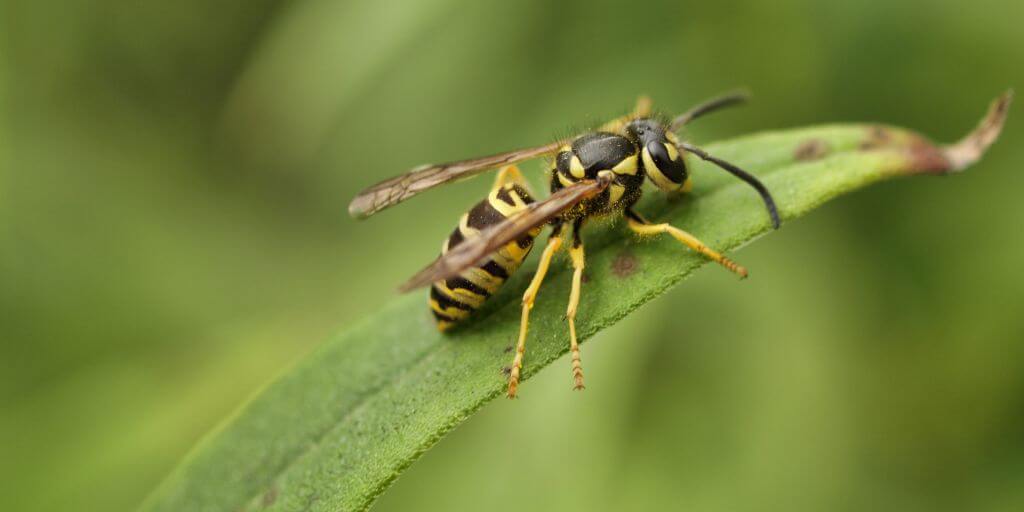
Yellow Jacket Wasps are aggressive insects known for their painful stings. Unlike bees, they can sting multiple times, which increases their danger to humans, especially for those allergic to their venom.
These wasps build nests underground or in elevated areas like tree stumps. They become more aggressive in late summer, often scavenging for food at outdoor events.
While they play a role in controlling pest populations, encounters with humans can lead to multiple stings, making them particularly dangerous during this season.
Coyote
Coyotes are common in Yosemite and across California, known for their adaptability to both wild and urban areas. Weighing between 15 to 50 pounds, they prey on small mammals and sometimes scavenge food left by humans.
Coyotes can pose risks to pets and, in rare instances, to small children if they become too accustomed to human environments. To minimize interactions, visitors are advised not to feed them or leave food exposed.
Despite their presence, they typically avoid direct contact with people.
Gray Wolf
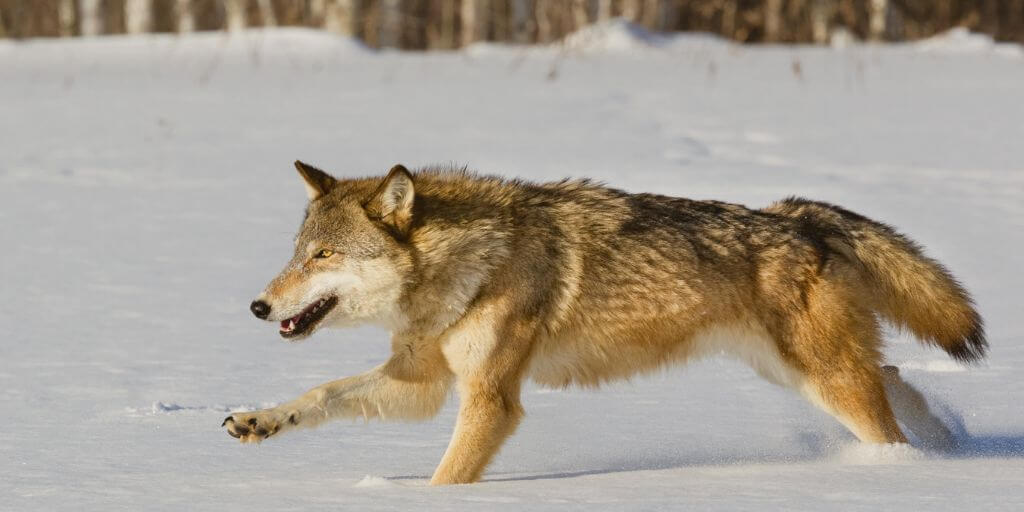
The Gray Wolf, though rare in Yosemite, is a large predator known for its strength and pack behavior. Wolves communicate through vocalizations and scent marking, establishing vast territories.
With a bite force exceeding 1,200 psi, they are capable of taking down large prey. Despite their fearsome abilities, wolves generally avoid human encounters and are important for controlling deer and other prey populations.
Their presence plays a key role in maintaining the ecological balance of their environment.
Venomous Snakes in Yosemite
Northern Pacific Rattlesnake
The Northern Pacific Rattlesnake are wild animals found in North America’s western regions, including the United States and Canada. They prefer to live in diverse habitats like forests, grasslands, and deserts.
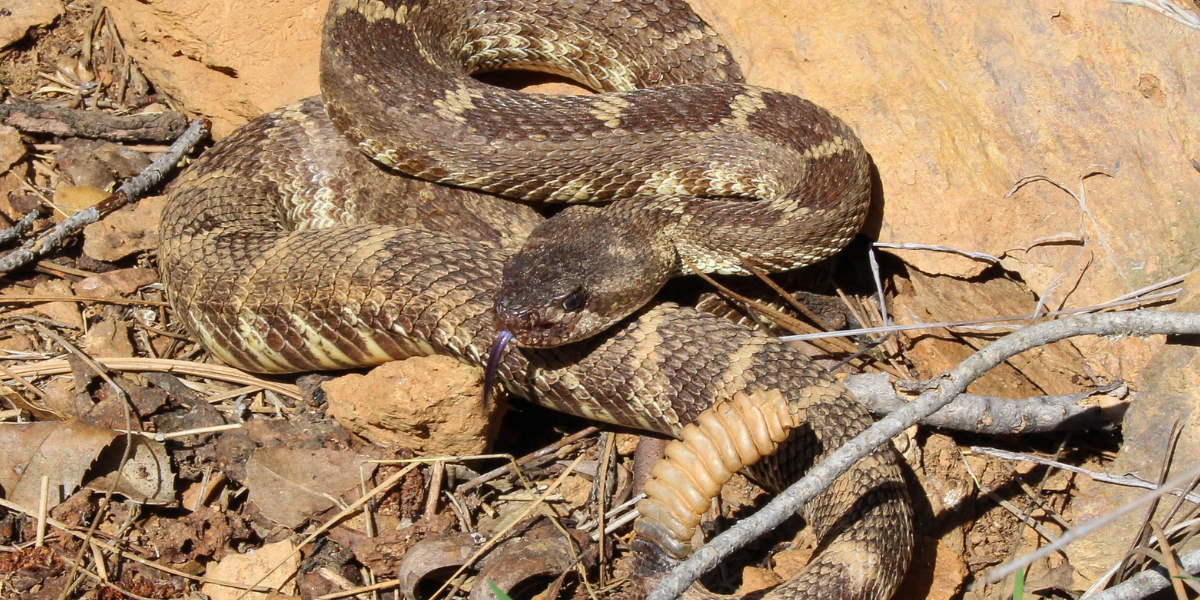
These snakes have a rattling tail and triangular-shaped head. They have a unique pattern of dark brown, gray, or olive blotches on their backside.
The rattlesnakes primarily feed on small mammals, birds, and insects, helping maintain ecological balance.
The rattlesnake bite can be harmful, causing pain, swelling, and dizziness, but it rarely results in fatalities. But it requires serious treatment immediately, otherwise, the victim would die after three days.
Currently, these snakes fall in the Least Concern species category, as per the IUCN Red List
Western Diamondback Rattlesnake
The Western Diamondback Rattlesnake is one of the most dangerous snakes in Yosemite. Its distinct diamond-shaped pattern, along with its venomous bite, makes it a formidable predator.
Reaching lengths of up to five feet, it inhabits grasslands and deserts. Although it usually strikes only when threatened, the snake’s bite can cause serious pain, swelling, and tissue damage.
In case of a bite, immediate medical attention is necessary to reduce the harmful effects of the venom.
Non- Venomous Snakes
Sierra Mountain Kingsnake
The Sierra Mountain Kingsnake is a colorful reptile found in the United States, specifically in western states like California and Nevada. Their natural habitats include forests, mountains, and rocky areas.
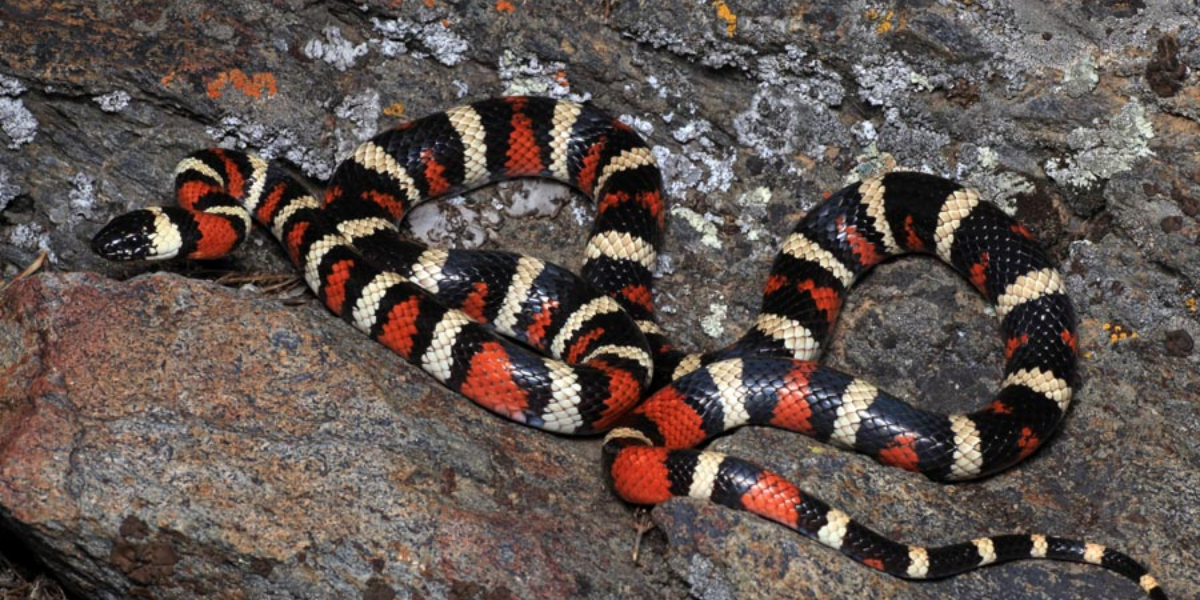
They have a striking appearance with bright red, black, and white bands on their bodies, making them stand out in the wild.
These snakes are non-venomous and primarily eat small rodents, lizards, and birds. Although their bite is not poisonous to humans, it may cause mild pain and swelling.
Thankfully, they are not considered a threat to people. According to the IUCN Red List, the Sierra Mountain Kingsnake is currently categorized as “Least Concern.”
Garter Snakes
Garter Snakes are charming reptiles found in North and Central America. They reside in diverse habitats like grasslands, forests, and wetlands.
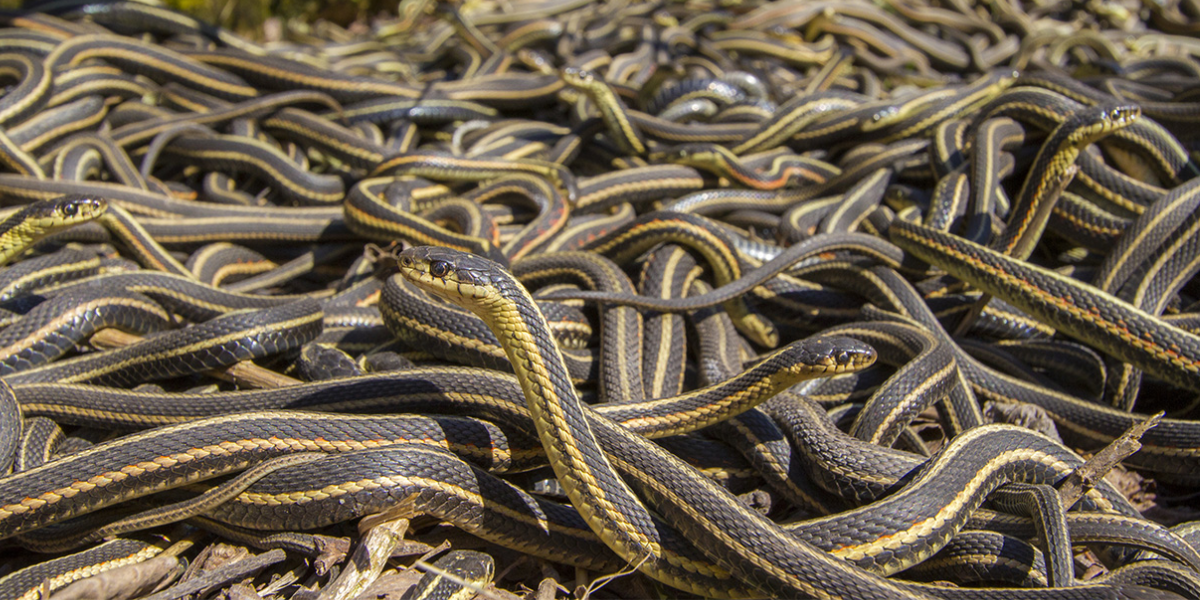
With slender bodies and vibrant patterns, they showcase green, brown, and black colors, with stripes running along their backs. These snakes prefer dining on small creatures such as insects, frogs, and worms.
Their bite is not poisonous to humans, though it may cause mild discomfort or swelling. According to the IUCN Red List, most Garter Snakes are of “Least Concern.”
Endangered Species found in Yosemite
The animals that are counted as endangered species in Yosemite are given below.
- Sierra Nevada Bighorn Sheep (Ovis canadensis sierrae)
- California Red-Legged Frog (Rana draytonii)
- Pacific Fisher (Pekania pennanti)
Conclusion
Yosemite’s natural beauty comes with hidden dangers, particularly from its diverse wildlife. The presence of animals such as black bears, mountain lions, and rattlesnakes underscores the need for vigilance when exploring the park.
Recognizing the potential risks and understanding animal behaviors are key to staying safe. Visitors can avoid negative encounters by keeping food stored properly, staying on marked trails, and maintaining a respectful distance from wildlife.
Each national park, from Yosemite to Glacier Bay, offers unique encounters with nature. However, all share a common need for safety and awareness when it comes to the animals that inhabit these protected areas.
By preparing and taking necessary precautions, visitors can enjoy their outdoor experiences while minimizing risks to themselves and the wildlife around them.
FAQs
What is the most common animals in Yosemite?
Mule deer are the most common animals in Yosemite National Park. Their population can be frequently seen browsing on leaves and twigs from trees, grass, and herbs in Yosemite Valley. They are often spotted grazing in meadows and resting in forests, making them a common sight for visitors exploring the park.
What predators are at Yosemite National Park?
Predators commonly found in Yosemite National Park include North Pacific rattlesnakes, gopher snakes, California mountain kingsnakes, striped skunks, California spotted skunks, California spotted owls, foxes, coyotes, wolverines, black bears, and mountain lions. These predators play a crucial role in the park’s ecosystem, contributing to its biodiversity and natural balance.
Are there mountain lions in Yosemite?
Yes, there are mountain lions in Yosemite National Park. These important predators, also known as cougars, pumas, or panthers, roam the park’s mountains and valleys, contributing to the park’s ecosystem as a natural part of the landscape. While mountain lions are shy and elusive, they are present in Yosemite and play a crucial role in maintaining the park’s biodiversity.
- What Should I Do If A Koala Bites Me? Safety Guide - 2024-05-30
- Are Kangaroos Born Without Hind Legs? A Fascinating Journey - 2024-05-30
- Animals That Look Like Squirrels - 2024-05-30

